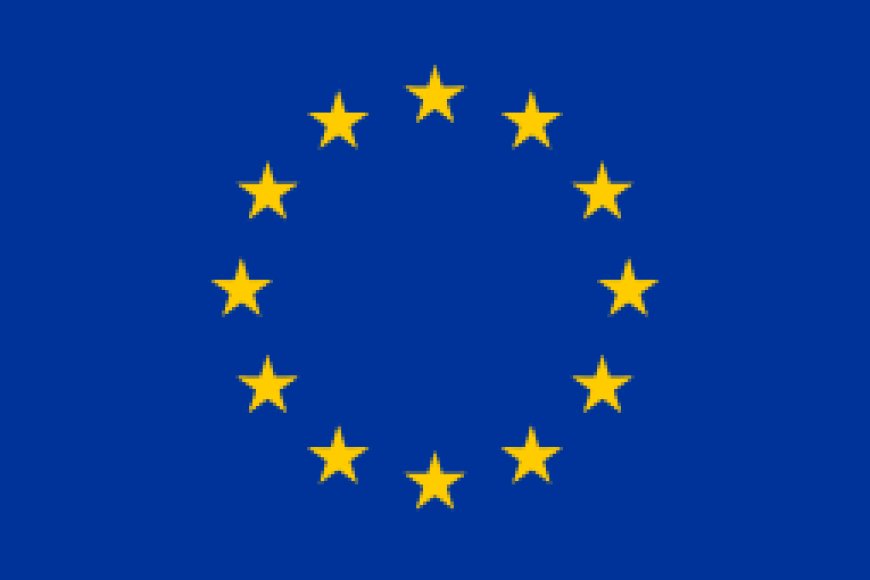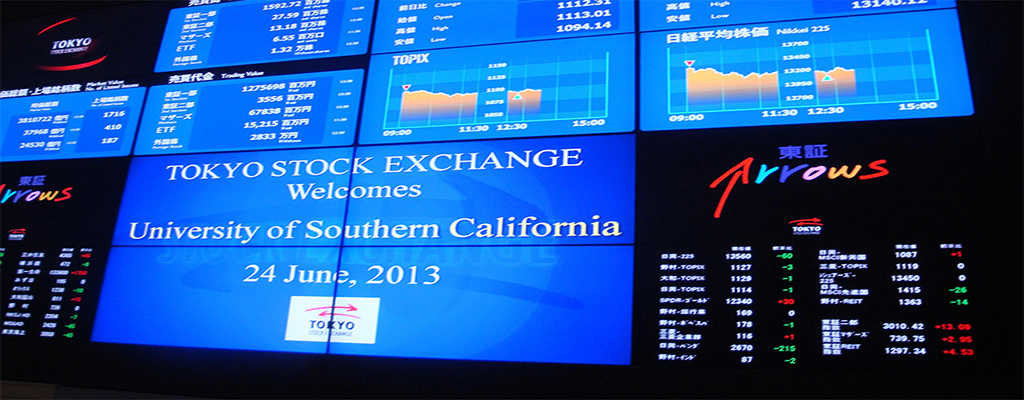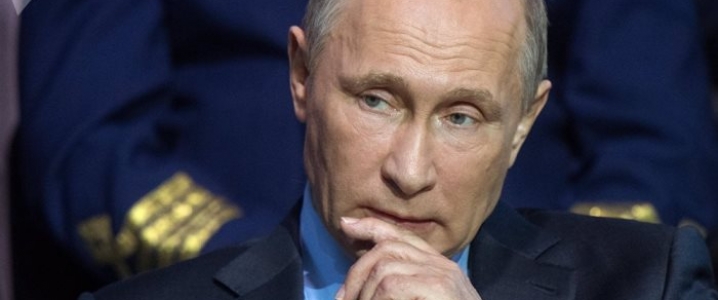Oil Prices Climb Amid U.S.-EU Trade Hopes and Russian Export Restrictions

Oil prices continued to move higher on Friday morning in Asia, supported by renewed optimism surrounding U.S.-EU trade negotiations and expectations that Russia will restrict gasoline exports. Even reports of Chevron's return to Venezuela, which analysts estimate could add around 200,000 barrels per day to global supply, have been unable to pull prices lower.
At the time of writing, West Texas Intermediate (WTI) crude was up 0.51% to $66.38 per barrel, while Brent crude gained 0.48% to $69.51 per barrel.
According to diplomatic sources, trade negotiations between the EU and the U.S. are progressing toward an agreement that could see a 15% baseline tariff applied to EU imports, with room for exemptions. This potential resolution, following recent deals with Japan and the Philippines, is helping to ease persistent demand-side anxieties driven by global economic uncertainties.
“The crude market has found some comfort in the bounce off the $65/64 support band this week, keeping hopes alive for a move back toward $70,” said Tony Sycamore, analyst at IG.
Market participants are also eyeing upcoming macroeconomic data next week from both China and the U.S., including manufacturing activity, inflation, employment, and inventory figures—all of which could influence near-term oil demand expectations.
Adding fuel to the upward move, reports emerged on Thursday that Russia may impose fresh restrictions on gasoline exports to most countries.
Oil rallied over 1% during the previous session after these reports surfaced, reinforcing bullish sentiment that had been dented earlier in the week by fears of oversupply and global trade friction.
Further supporting prices, U.S. crude inventories fell by 3.2 million barrels last week to 419 million barrels, significantly exceeding expectations for a 1.6 million-barrel draw, according to data from the U.S. Energy Information Administration.
Distillate stocks remain tight across global hubs. In the U.S., inventories are at their lowest seasonal level since 1996, despite a 2.93 million-barrel build last week. In Singapore, middle distillate stocks dropped by 1.19 million barrels week-on-week, while European gasoil inventories in the ARA region slid to 1.75 million tonnes—their lowest since January 2024.
Although ICE gasoil cracks eased below $25/bbl after peaking at $28/bbl earlier this week, margins remain historically elevated. This has incentivized refiners to boost run rates, potentially lifting crude demand in the weeks ahead.
By Charles Kennedy for Oilprice.com









































